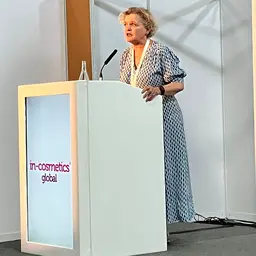
Formulating while optimising the preservative system is crucial to ensuring consumer safety and product longevity. When cosmetics are applied, preservatives can not only destroy the transient flora and the protective resident flora, but can also penetrate the skin and persist in the body. Insights from Institut Scientis.
Preservatives and cosmetics regulations
Preservatives are ingredients used exclusively or mainly to prevent the development of micro-organisms in cosmetic products. These antimicrobial substances are introduced into products that are likely to be contaminated during their production throughout the chain (manufacturing, packaging, storage) or during their use by consumers.
When preservatives inhibit the growth of micro-organisms, they are said to have bacteriostatic and/or fungistatic activity. If they eliminate bacteria or fungi directly, they have bactericidal and/or fungicidal activity.
Each preservative has its own modes of action on micro-organisms, the three main ones being denaturation of the genome (alteration of the reproductive system), denaturation of proteins (membrane attack, among others) and alteration of enzyme systems.
Annex V of Regulation (EC) No 1223/2009 on cosmetic products lists the only ingredients considered to be preservatives in Europe, i.e. the only ingredients authorised for this function in cosmetic products, subject to any restrictions on their use.
Optimisation of the preservative system and protection of the cosmetic product
Risk analysis
When developing a cosmetic product, a microbiological risk analysis can be an important first step.
The microbiological sensitivity of the ingredients or, conversely, their intrinsic antimicrobial properties are the first elements to be studied.
The galenic …













